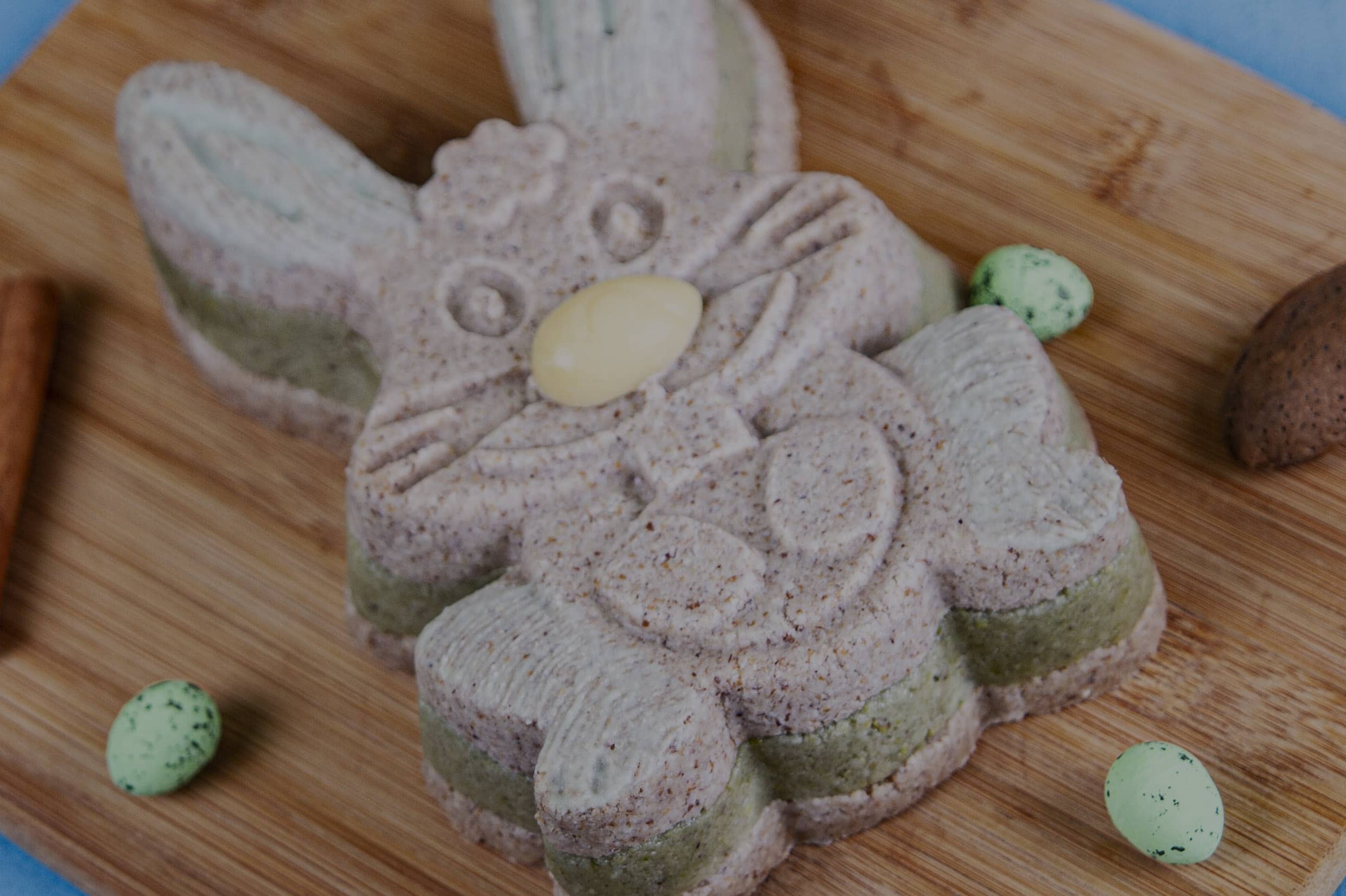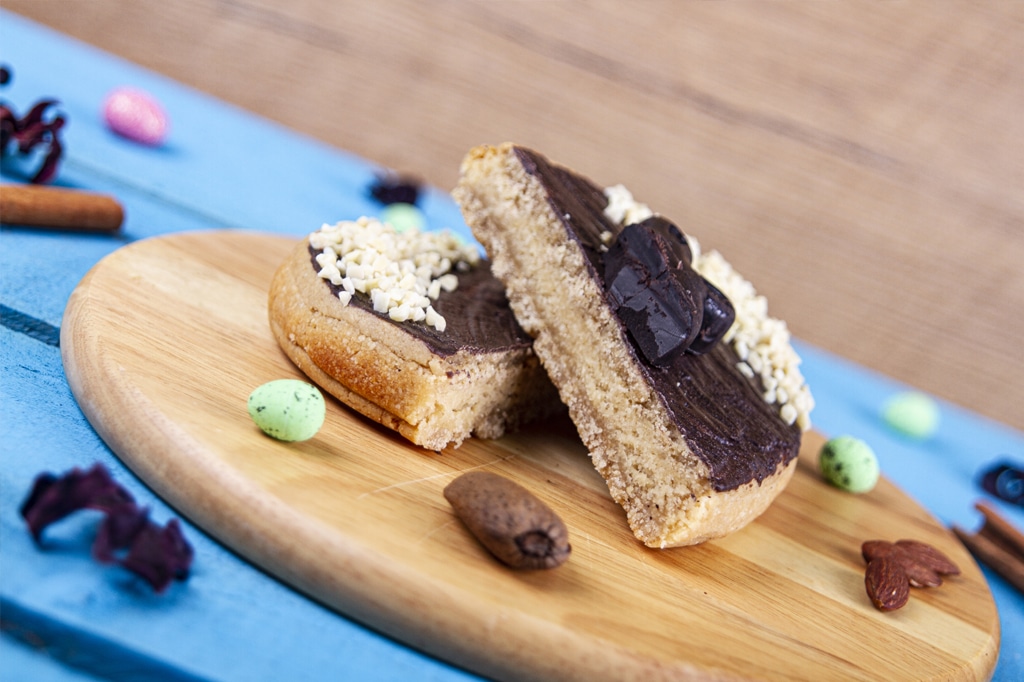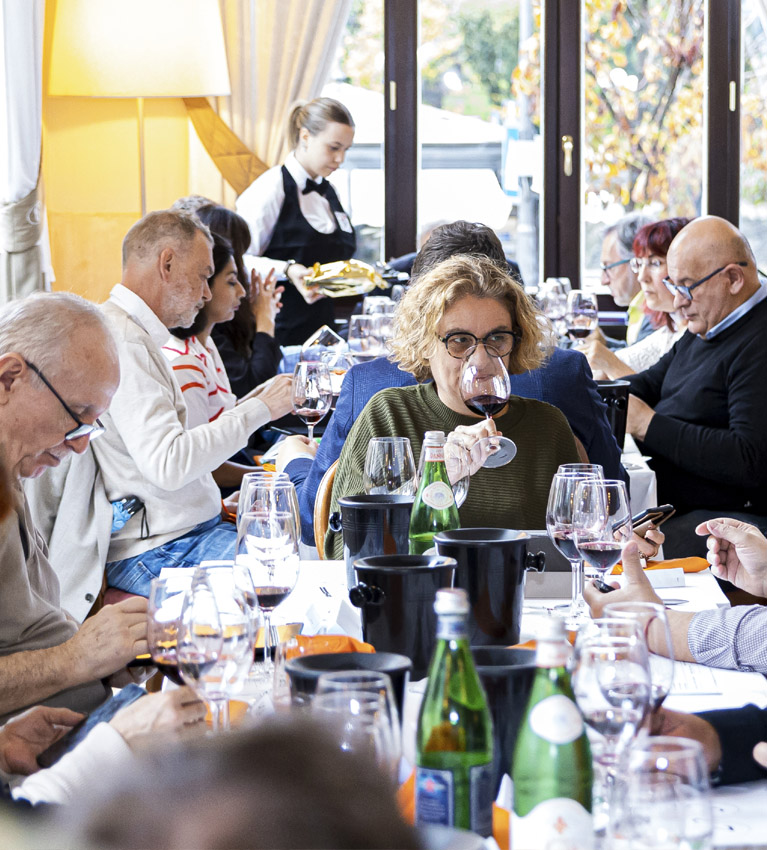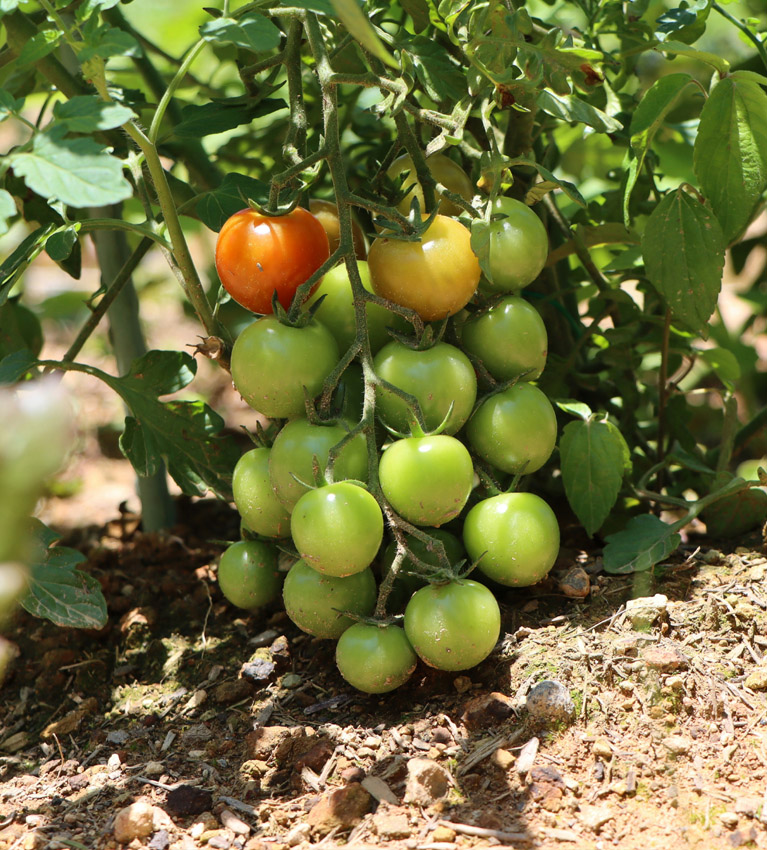
Past Meets Pastry: The Evolution of Easter’s Sweetest Traditions

Beyond the Numbers: Shaping the Future of Malta’s Tourism
April 11, 2025
Exclusive Interview: Chef Gregory Garimbay
April 13, 2025Figolli and
kwareżimal have been Easter
staples for generations, but today’s trends
are creating a new spin on these classics.
Ramona Depares explores how Malta’s
confectioners are keeping tradition alive
while embracing bold, new approaches.

Quite apart from its religious significance, Easter festivities are intrinsically tied to food specialties that we only get to enjoy during this period of time.
We start with the less decadent kwareżimal, an almond and citrus biscuit fit for the Lenten period. Then, as the celebratory bells start pealing on Resurrection Sunday, we move on to luscious figolli laden with pure almond paste and marzipan, not to mention the hearty qassata tal-ħelu, a sweet twist on the traditional savoury delicacy.
And - despite the 21st-century decidedly more health- conscious approach to treats - Malta’s confectioners confirm that the popularity of Easter delicacies is unlikely to diminish anytime soon. Valletta’s iconic Caffe Cordina is a case in point, with CEO Luca Cordina confirming that the figolla remains “by far the king”.
“Curiously, the qassata tal-ħelu is the only Easter sweet that has seen a bit of a dip in popularity. It used to be a huge bestseller, but not any more. One possible reason is that it’s one of those items that was always associated with the older generation, and it lost traction as time went on,” Luca says.
Anyone walking past Republic Street to witness Caffe Cordina’s shelves, laden with gorgeously-decorated figolli, can attest to these words. Not that the figolla is immune from trends. Luca explains that pistachio filling has become very popular, surpassed only by the Lotus Biscoff trend.
“These are more sought-after by the younger ones, who seem to favour more excessive and decadent versions. The older generation tends to stick to the classic sweets that we have had on our menu for years.”
Meanwhile, Cordina’s might indulge in the occasional nod to trends, but its ethos of honouring traditional methods and artisanal processes remain unchanged.
“We still use pure almond filling and the best quality ingredients, and our figolli are made by hand and decorated by hand. Some shapes are more popular than others with certain customers - our Maltese Cross figolla, for instance, always does very well with the tourists. But no matter the shape, our driving principles remain the same,” Luca concludes.
Of course, not everyone can enjoy the figolla in its original format. Nowadays, many follow a vegan, gluten-free or even sugar-free diet. Enter Anurakti Healthy Hub, specialising in offering healthier alternatives to the original recipes. Co-owner Alan Hudson explains that Anurakti offers two different types of figolli.
“Our gluten-free figolla is made using oats and pure almonds, with no refined sugar, margarine or eggs. Since we launched them some four years ago, demand has been steadily increasing and we now fulfil orders for over 1,300 of these figolli,” he tells me, adding that they also receive orders to supply bakeries and confectioneries.
Alan has also developed a raw figolla recipe that’s suitable for diabetics and for those on a Keto diet. This version uses a ground almond paste and a base made of tiger nuts which, contrary to what the name suggests, is actually a tuber plant.
“Everything we produce is vegan and gluten-free. Year after year, we are seeing a definite increase in demand. So much so, that we have also started preparing Easter eggs and kwareżimal. We prepare everything from scratch, including our chocolate. We don’t buy and melt mass- produced chocolate, so as to make sure it’s within our guidelines.”
Given the high costs of the raw ingredients, the biggest challenge remains keeping the price accessible, with Alan striving to keep them on a par with those offered by regular confectioners.
“The flour we use costs around 10 times as much as the regular brands. Pure cacao, superfoods… these are all expensive. But in the long run, the benefits to those who follow a specific diet but still want to enjoy Easter sweets are obvious,” he concludes.



